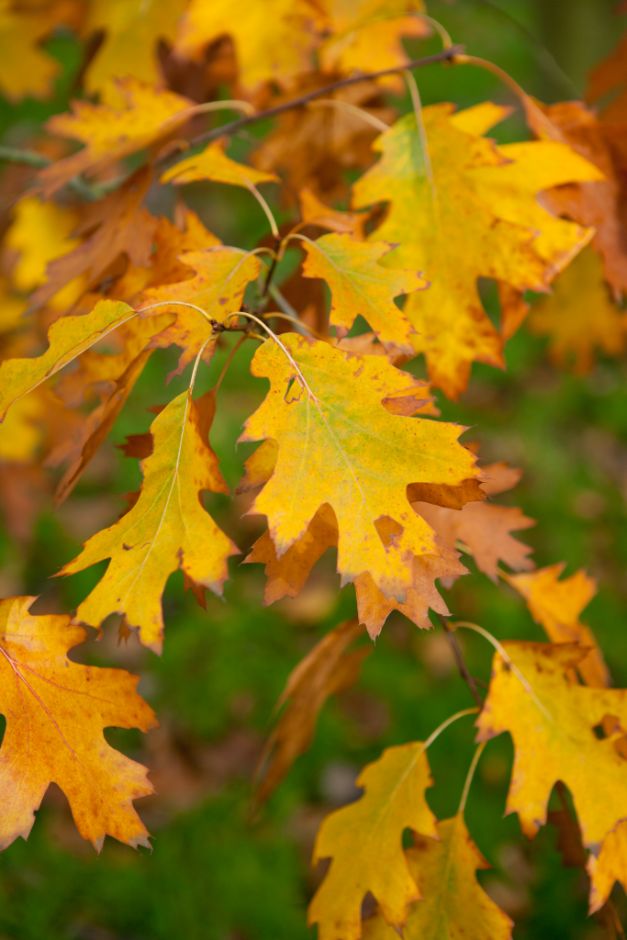Acer platanoides 'Drummondii' (v)
Norway maple 'Drummondii'
A medium-sized, deciduous tree to around 15m tall with a dense, rounded crown. Its deeply-lobed, variegated leaves have a green centre and broad, creamy-white margins; the leaves turn yellow in autumn. Clusters of yellow flowers open on the bare stems in spring before the leaves appear
Size
Ultimate height
Higher than 12 metresTime to ultimate height
20–50 yearsUltimate spread
Wider than 8 metresGrowing conditions
Moisture
Moist but well–drained, Well–drainedpH
Acid, Alkaline, NeutralColour & scent
| Stem | Flower | Foliage | Fruit | |
| Spring | Yellow | Cream Green Variegated | ||
|---|---|---|---|---|
| Summer | Cream Green Variegated | |||
| Autumn | Yellow | |||
| Winter |
Position
- Full sun
- Partial shade
Aspect
North–facing or East–facing or South–facing or West–facing
Exposure
Exposed or Sheltered Hardiness
H7Botanical details
- Family
- Sapindaceae
- Native to GB / Ireland
- No
- Foliage
- Deciduous
- Habit
- Bushy
- Genus
Acer can be deciduous trees or large shrubs with paired, often palmately-lobed leaves and small flowers followed by characteristic winged fruits. Many have fine autumn colour, and some have ornamental stems
- Name status
Accepted
How to grow
Cultivation
Grows best in a moist but well-drained soil in full sun
Propagation
Propagate by grafting
Suggested planting locations and garden types
- Architectural
- Cottage and informal garden
- Wildlife gardens
- Low Maintenance
Pruning
Pests
May be susceptible to Acer gall mite, aphids, caterpillars and horse chestnut scale
Diseases
May be susceptible to Verticillium wilt, Acer leaf scorch and honey fungus
Love gardening
Sign up to receive regular gardening tips, inspiration, offers and more
View our Privacy Policy
Get involved
The Royal Horticultural Society is the UK’s leading gardening charity. We aim to enrich everyone’s life through plants, and make the UK a greener and more beautiful place.

